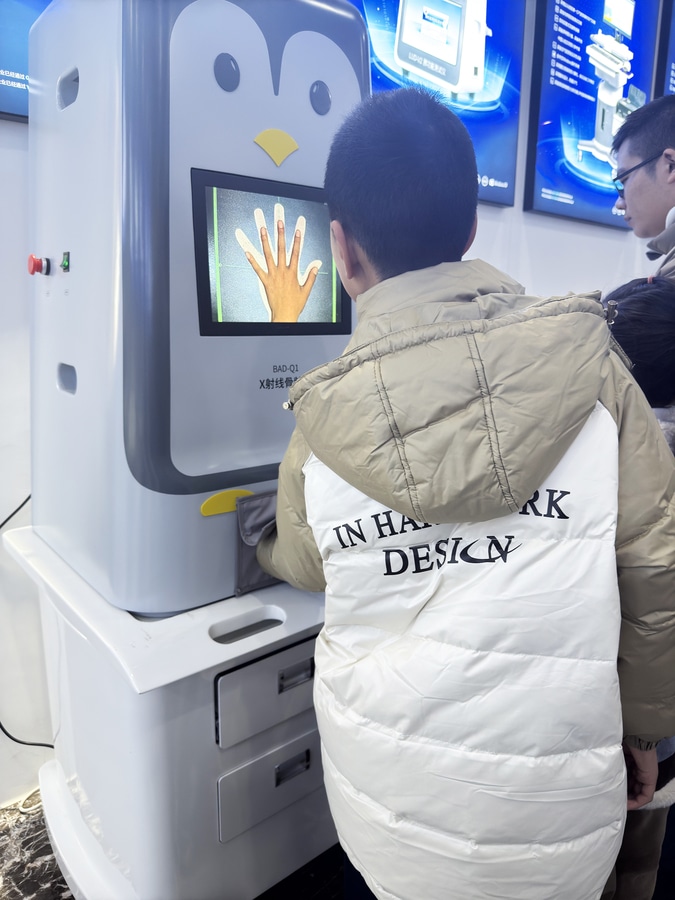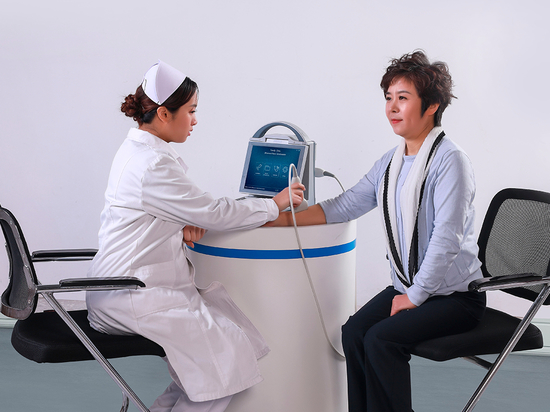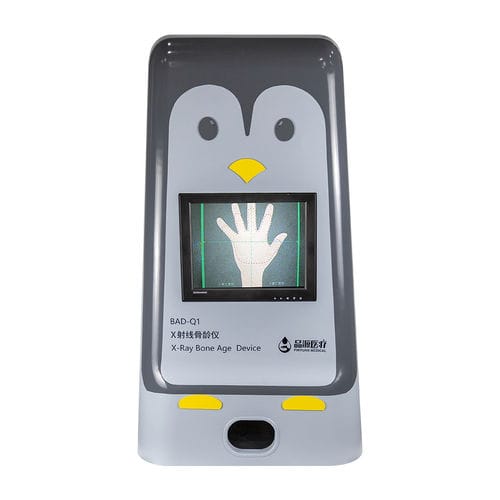
#Industry News
Core elements and practical guidelines for purchasing bone rheometer in medical institutions
As an important tool to assess the growth and development of children and adolescents, bone rheometer plays a vital role in hospitals.
As an important tool to assess the growth and development of children and adolescents, bone rheometer plays a vital role in hospitals. Choosing a suitable bone rheometer is not only related to the accuracy of test results, but also affects the health management and treatment decisions of patients. So, what factors should be considered when choosing a bone rheometer?
1. clarify the needs
Before purchasing a bone rheometer, you should first identify your needs. For example, the size of the hospital, the number of patients, the frequency of testing, and the budget. For professional medical institutions, a high-precision, multi-functional high-end bone rheometer may be needed to meet the testing needs.
2. Pay attention to registration certificate and compliance
When selecting a bone rheometer, hospitals should ensure that the selected device has a legitimate registration certificate. The registration certificate is obtained after the approval of the device by the State Drug Administration or the corresponding regulatory body, and is an important proof of the legality and compliance of the device. Only by selecting compliant equipment can we ensure the accuracy and security of test results.
3. Evaluate equipment performance
The performance of the device is a key factor for hospitals to consider when selecting a bone rheometer. Specifically, attention should be paid to the following aspects:
1. Accuracy: The accuracy of bone rheometer directly affects the reliability of test results. Select equipment with high precision and high stability to ensure the accuracy of test results.
2. Safety: Radiation safety is a special concern in the use of bone rheometer. Choose devices with safety features such as low dose, full shielding to reduce radiation damage to patients and healthcare workers.
3. Ease of use: The operation interface and process of the device should be simple and clear, and easy for medical personnel to master and operate. In addition, the equipment should also have a sound fault warning and self-protection mechanism to ensure that in abnormal situations, measures can be taken in time to deal with.
4. Consider after-sales service
The after-sales service of the equipment is also an important factor to be considered when a hospital chooses a bone rheometer. Good after-sales service can ensure that the equipment in the use of timely, professional technical support and maintenance services. Choose brands and manufacturers with perfect after-sales service system to ensure the normal operation and long-term stability of the equipment.
5. Comprehensive cost performance
When choosing a bone rheometer, the cost performance of the equipment should also be considered comprehensively. Specifically, equipment with stable performance and reasonable price should be selected according to their own needs and budget. At the same time, the long-term operating costs and maintenance costs of the equipment should also be considered to ensure the economy and sustainability of the equipment.
To sum up, when choosing a bone rheometer, hospitals should clarify their own needs and pay attention to factors such as the registration certificate and compliance, performance, after-sales service and cost performance of the equipment. Only by selecting a suitable bone rheometer can we provide accurate and reliable test results for hospitals, and provide strong support for patients' health management and treatment decisions.





